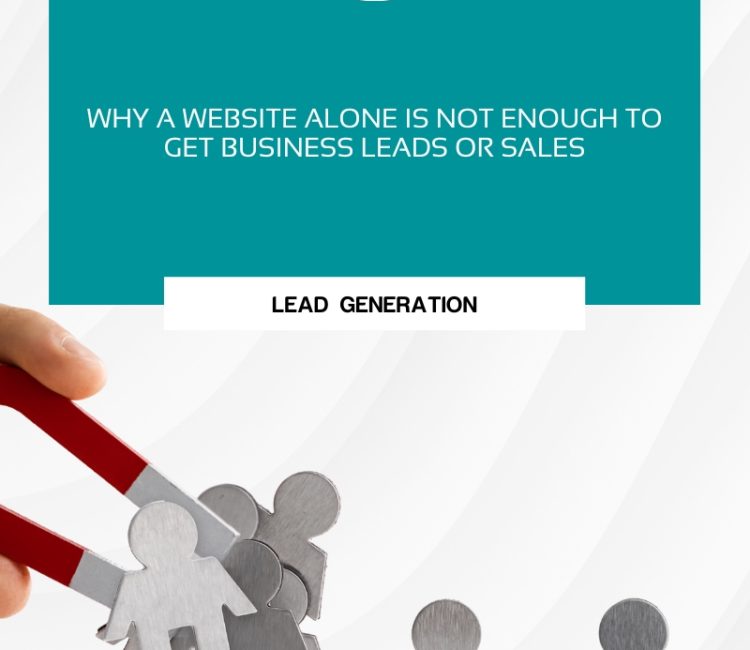In today’s digital age, having a website is considered a basic necessity for any business. It’s often the first port of call for potential customers, partners, and stakeholders looking to learn more about your company. However, many businesses operate under the misconception that simply having a website is enough to drive sales and leads. In reality, a website is just one piece of a much larger puzzle.
To truly harness the power of the digital landscape and boost online visibility, it’s essential to understand the multifaceted nature of online marketing and the strategies that can enhance a website’s reach. Here are eight reasons why a website alone isn’t enough, along with some tips to increase your online visibility.
1. The Vastness of the Internet:
There are over 1.7 billion websites on the internet. Without any additional marketing effort, expecting your website to stand out is like hoping to be heard while whispering in a noisy stadium.
Solution: Invest in Search Engine Optimization (SEO). By optimizing your website for search engines, you can improve its visibility in search results, making it easier for potential customers to find you.
2. Passive vs. Active Approach:
A website, in its basic form, is a passive tool. You’re waiting for users to come to you.
Solution: Adopt active outreach strategies like email marketing, social media advertising, and PPC campaigns. These methods push your message directly to potential customers rather than waiting for them to find you.
3. The Importance of Engagement:
A static website with just information can be dull and unengaging.
Solution: Incorporate interactive elements such as blogs, videos, and chatbots. These tools can provide value, engage visitors, and lead to higher conversion rates.
4. Building Trust is Key:
Modern consumers are savvy. They don’t just trust any business they come across online.
Solution: Include testimonials, case studies, and certifications on your website. These elements showcase your expertise and build trust with potential clients.
5. Staying Relevant:
The online world is constantly evolving. A website that’s not updated regularly can quickly become outdated.
Solution: Regularly update your content and ensure your website design is modern and user-friendly. This not only improves user experience but also signals to search engines that your website is active.
6. Multi-Channel Experience:
People consume content across multiple platforms. Depending solely on your website means you’re missing out on potential leads from other channels.
Solution: Establish a presence on social media platforms, participate in forums, and utilize other online platforms where your target audience spends time.
7. Mobile Responsiveness:
With over 50% of global web traffic coming from mobile devices, a website that isn’t mobile-friendly can deter potential customers.
Solution: Ensure your website design is responsive, providing a seamless experience for users regardless of the device they’re using.
8. User Experience Matters:
A slow, confusing, or hard-to-navigate website can turn potential leads away.
Solution: Regularly audit your website for usability. Implementing a clean design, intuitive navigation, and fast load times can significantly improve user experience.
Conclusion
While a website is a cornerstone of any digital strategy, relying on it alone is a mistake. By understanding its limitations and complementing it with robust online marketing strategies, businesses can significantly improve their online visibility, attract more leads, and drive sales. It’s all about creating a holistic digital ecosystem that provides value, builds trust, and keeps potential customers engaged.








